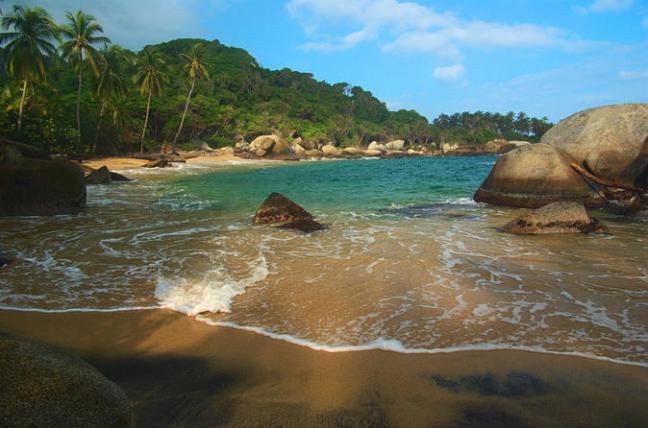Colombia may have made gigantic safety leaps forward in
recent years yet there’s still room for much improvement. There are certain
areas of the country that are still considered unsafe for foreign travellers,
and keeping away from any known trouble spots will certainly be a wise choice.
Besides, even the Australian government warning website, which rates the whole
country deserving of ‘high caution’, actually goes to much trouble to list
places it considers unsafe, and many which it states as exceptions, including
all the above-mentioned tourist hubs. When reading such warnings, it is
imperative to read all the details, not just the headlines.
An important factor when considering travel to Colombia is
to pay close attention to what your insurance company says. Being covered by
insurance is essential not just when travelling to Colombia, but when traveling
ANYWHERE! Travel insurance companies are incredibly reliable and don’t scare
easily. They use facts and stats to concoct their policies, not unsubstantiated
warnings.
The UK Foreign Travel Advice for Colombia site has a great
map you can download, which will give you an overview of the areas that are
safe to visit, and those you should avoid.
Top tips for keeping safe when visiting Colombia
The great majority of safety travel tips pertain to
independent travellers, when solo taxi rides, use of public transport, and
overnight transfers, are part and parcel of everyday life. On a group tour in
Colombia, however, the major dangers are dissipated. Not only will you be in
the care of a local and experienced guide, but you’ll have the luxury of
private transport and a local’s knowledge of the safe roads to take, and the
ones to avoid.
Independent and group travellers alike ought to maintain a
low profile. No flashy displays of wealth are recommended (naturally) and
keeping a minimum of cash and valuables with you is imperative. More
importantly, should you be accosted by a would-be robber, it’s wise to simply
hand over what they want. Better to lose a hundred bucks rather than have a
nasty story to tell.
And then relax. Statistics SHOUT that you’re much more
likely to get attacked by a shark whilst swimming in Australia, than to be
kidnapped for ransom in Colombia. But we bet that won’t stop you from enjoying
another spectacular day at the beach back home. And it really shouldn’t.
Why you should visit Colombia
While so many people think ‘If you go to Colombia, you’ll
never come back!’ due to the overly-dramatic safety warnings, we chuckle and
think that (although for very different reasons) they’re quite right. Lush
tropical jungles, fantastic historical highlights and drop dead gorgeous
beaches. All of them devoid of mass tourism. Colombia is an absolute tourism
powerhouse and one of the most addictive destinations in all of South America.
The people are insanely friendly, the coffee and food sensational and the sheer
kaleidoscope of experiences simply out of this world. Visit once and you may
well feel an insatiable urge to come back, time and again.









